PROCESS IS EVERYTHING.
CLAY IS UNYIELDING AS IT IS FORGIVING,
AND THERE IS NO END TO CERAMIC TECHNIQUES.
LEARN MORE ABOUT SUZANNE’S PROCESS BELOW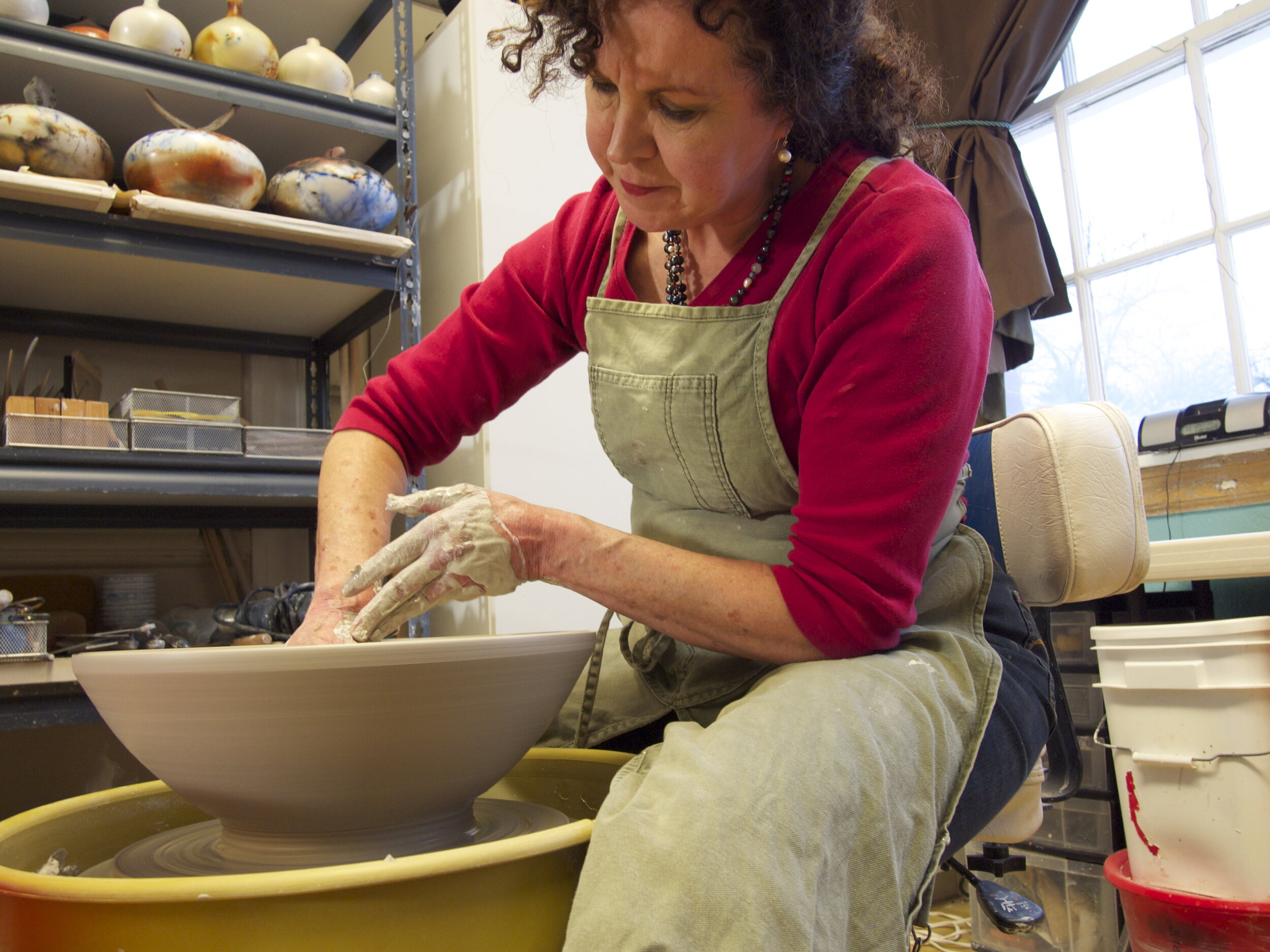
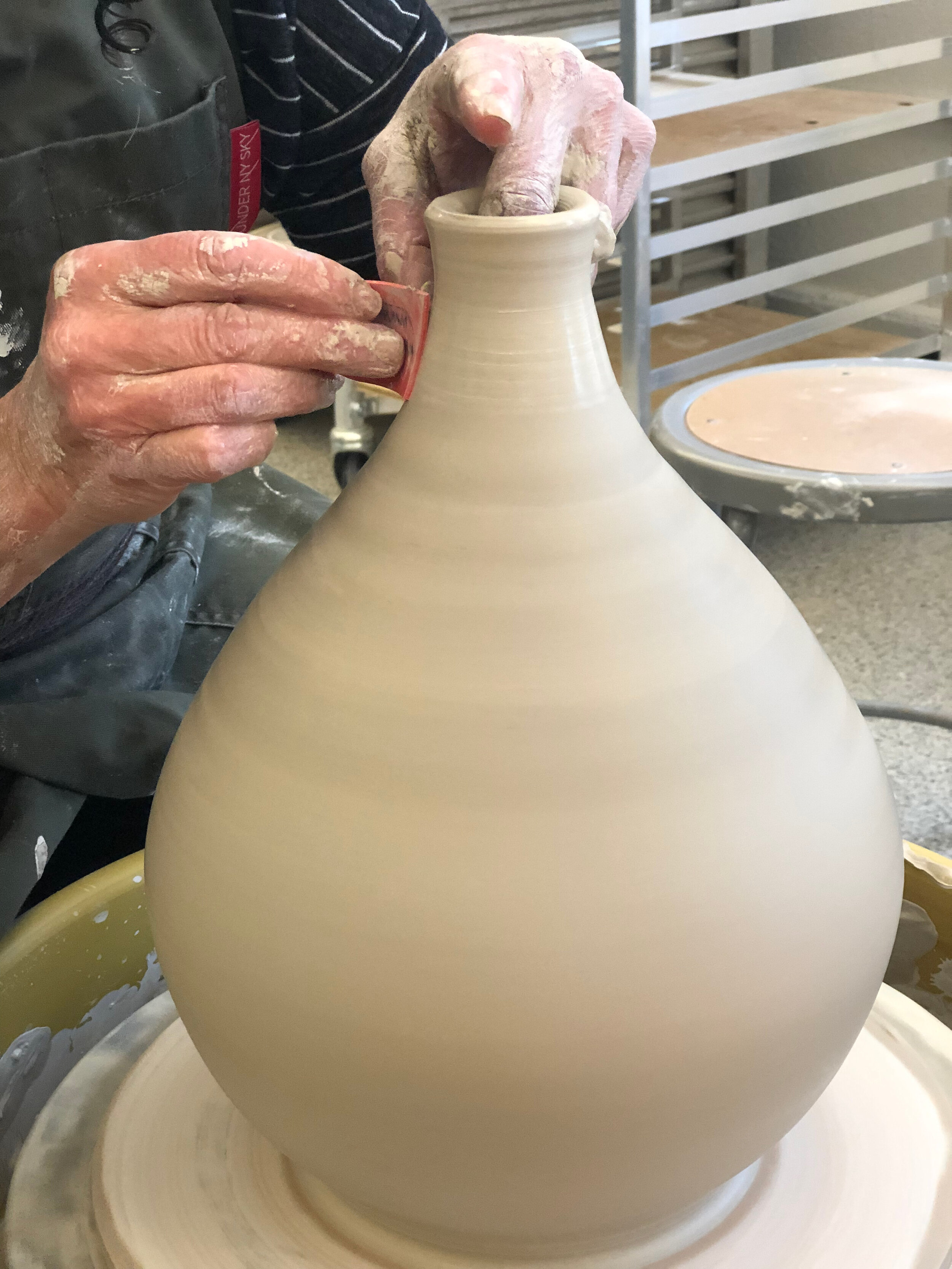
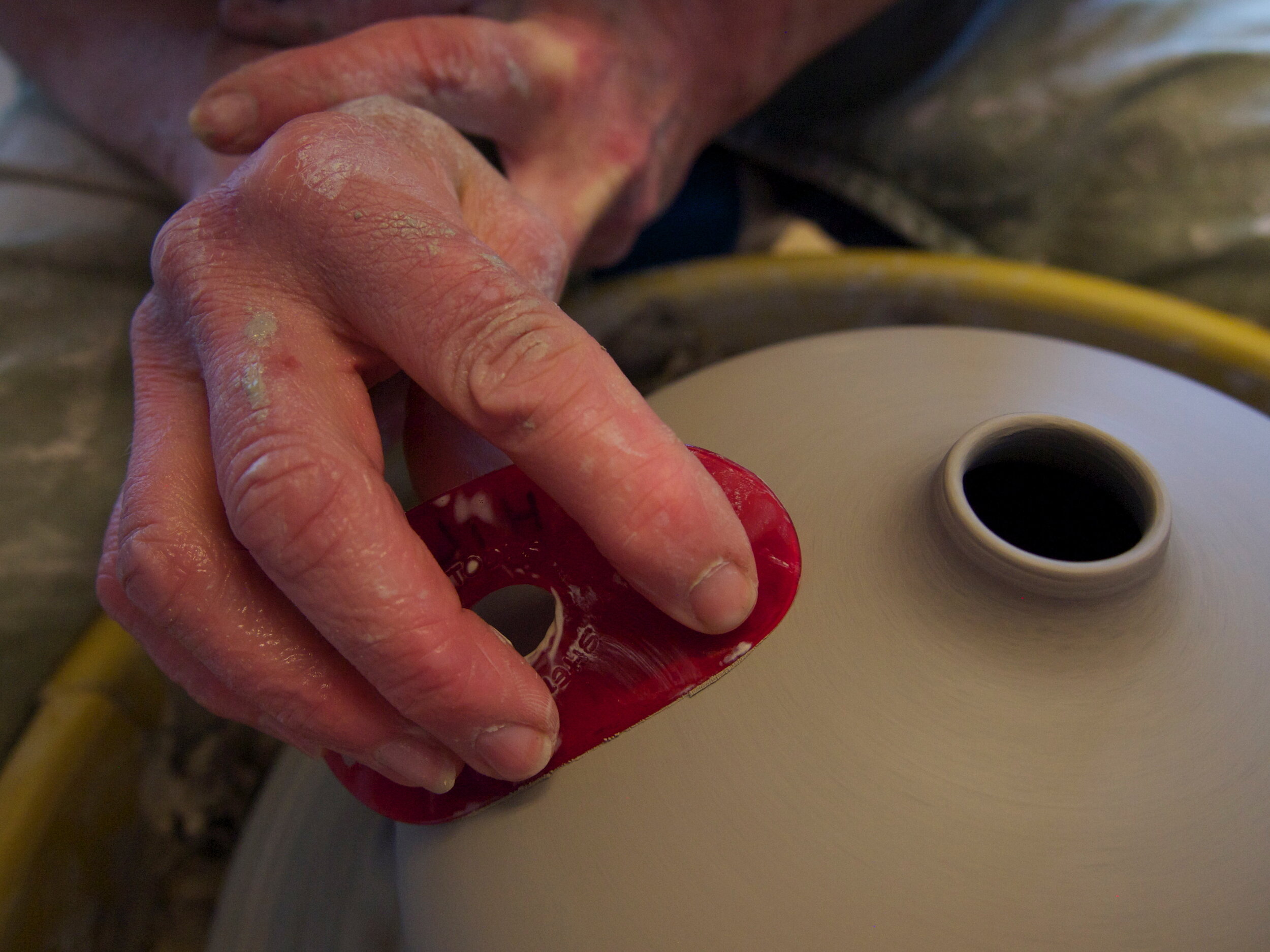
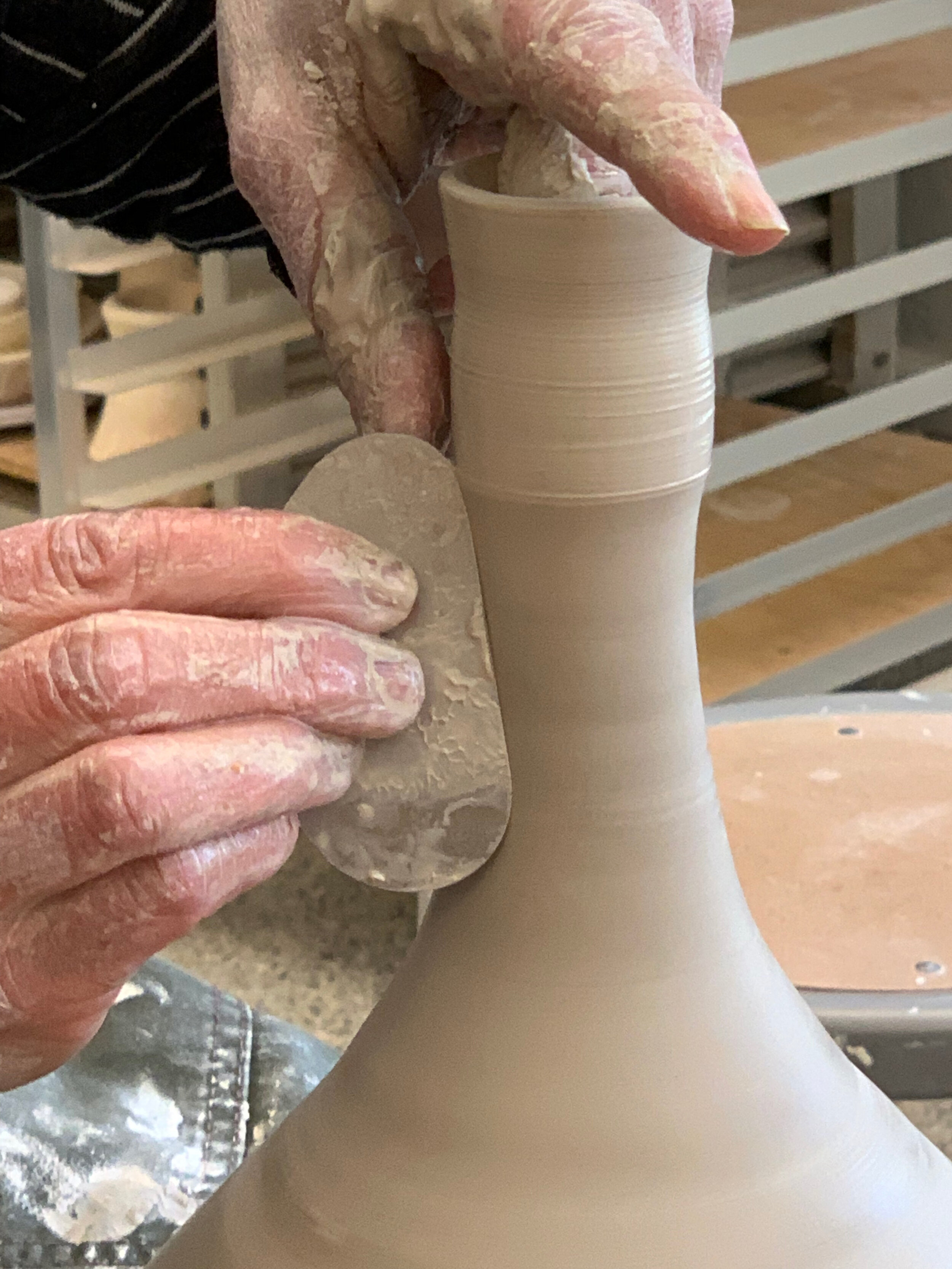
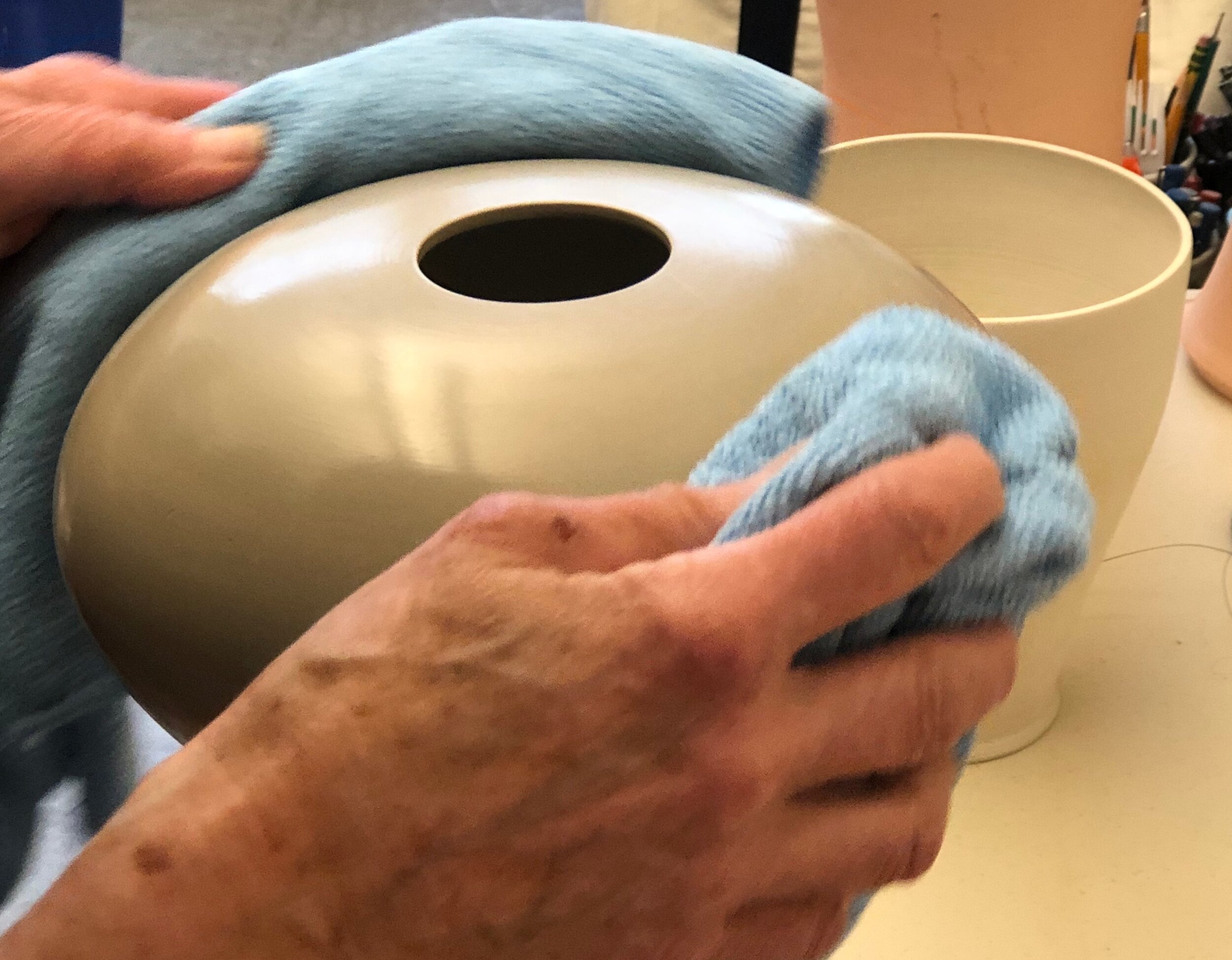



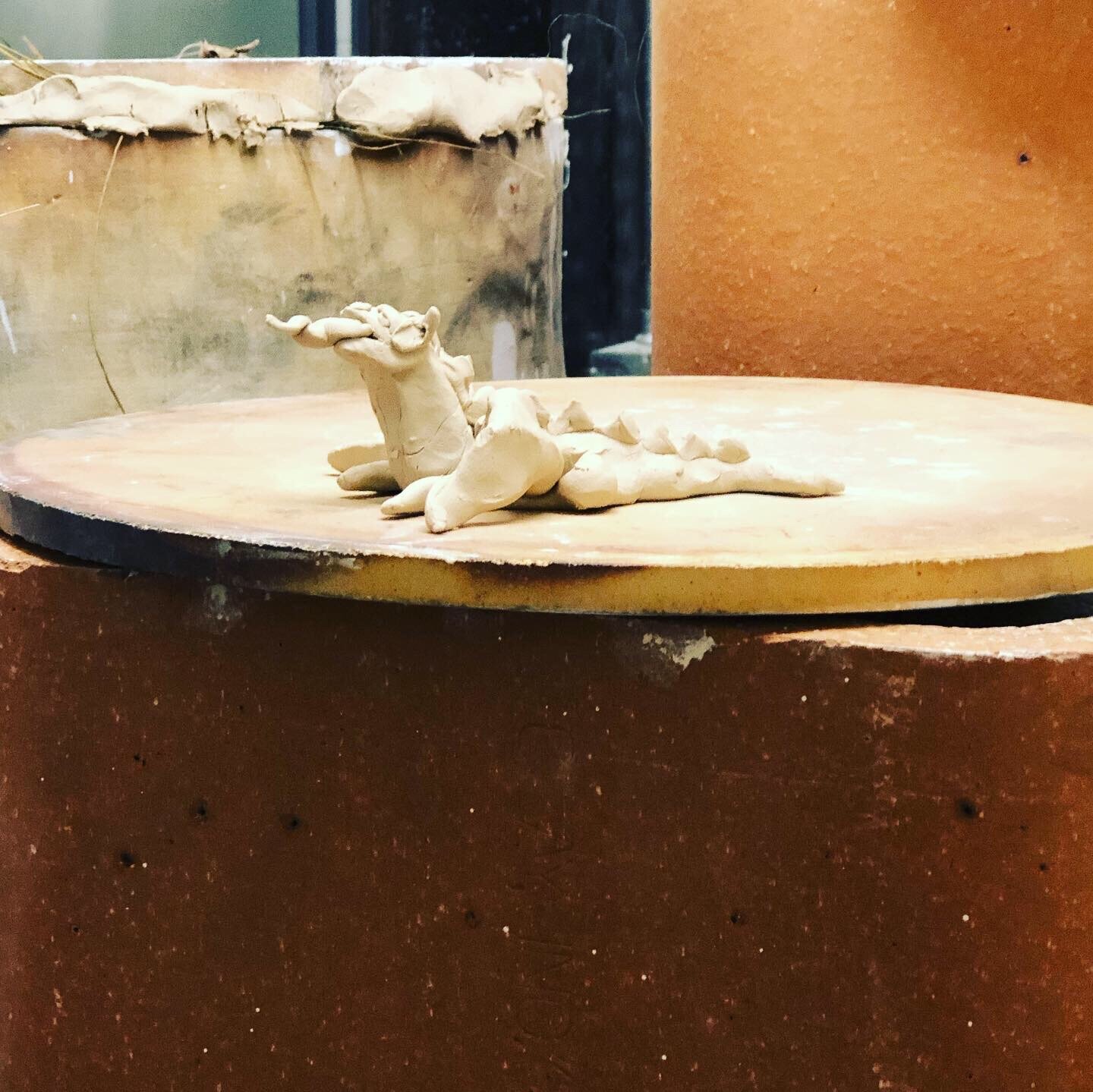
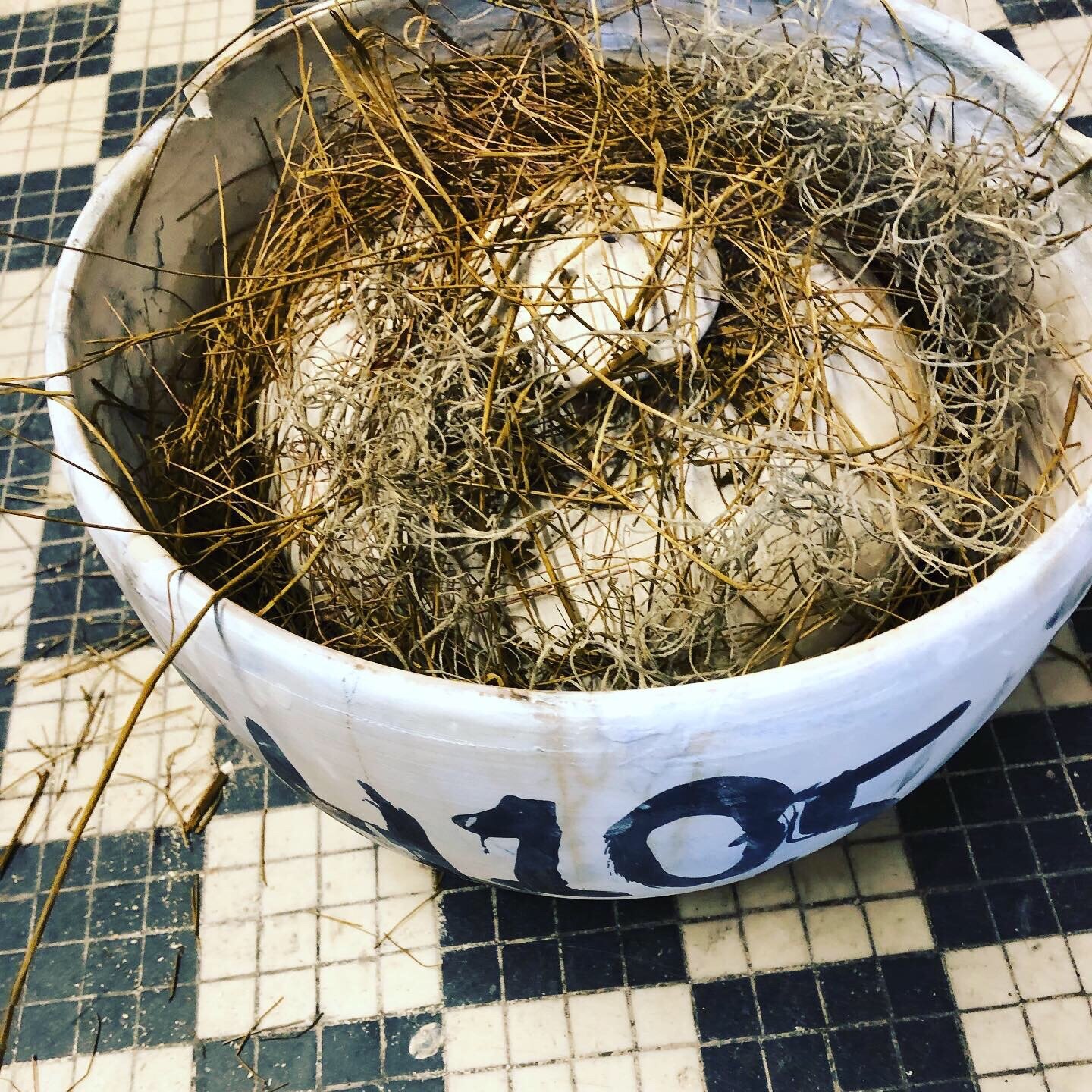

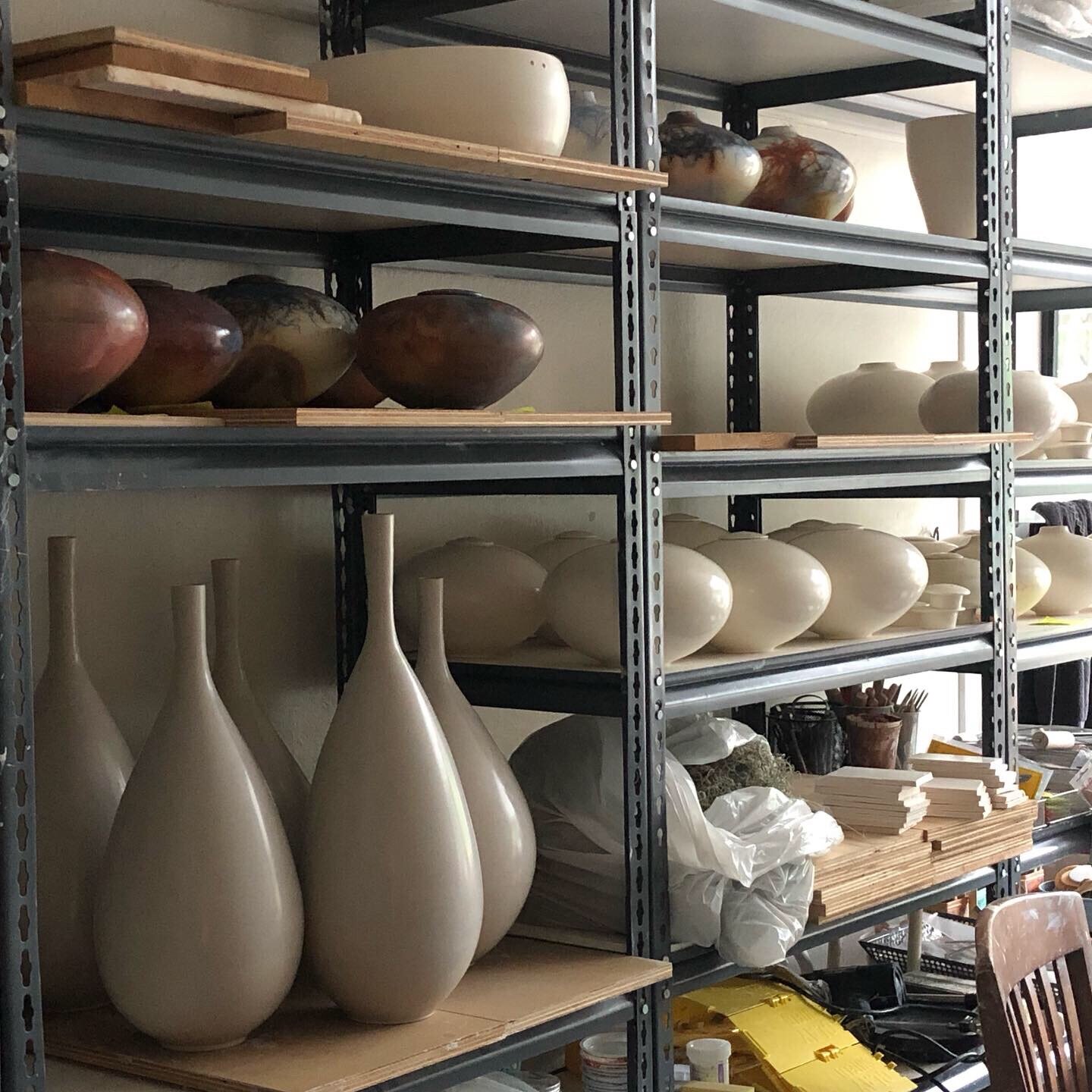
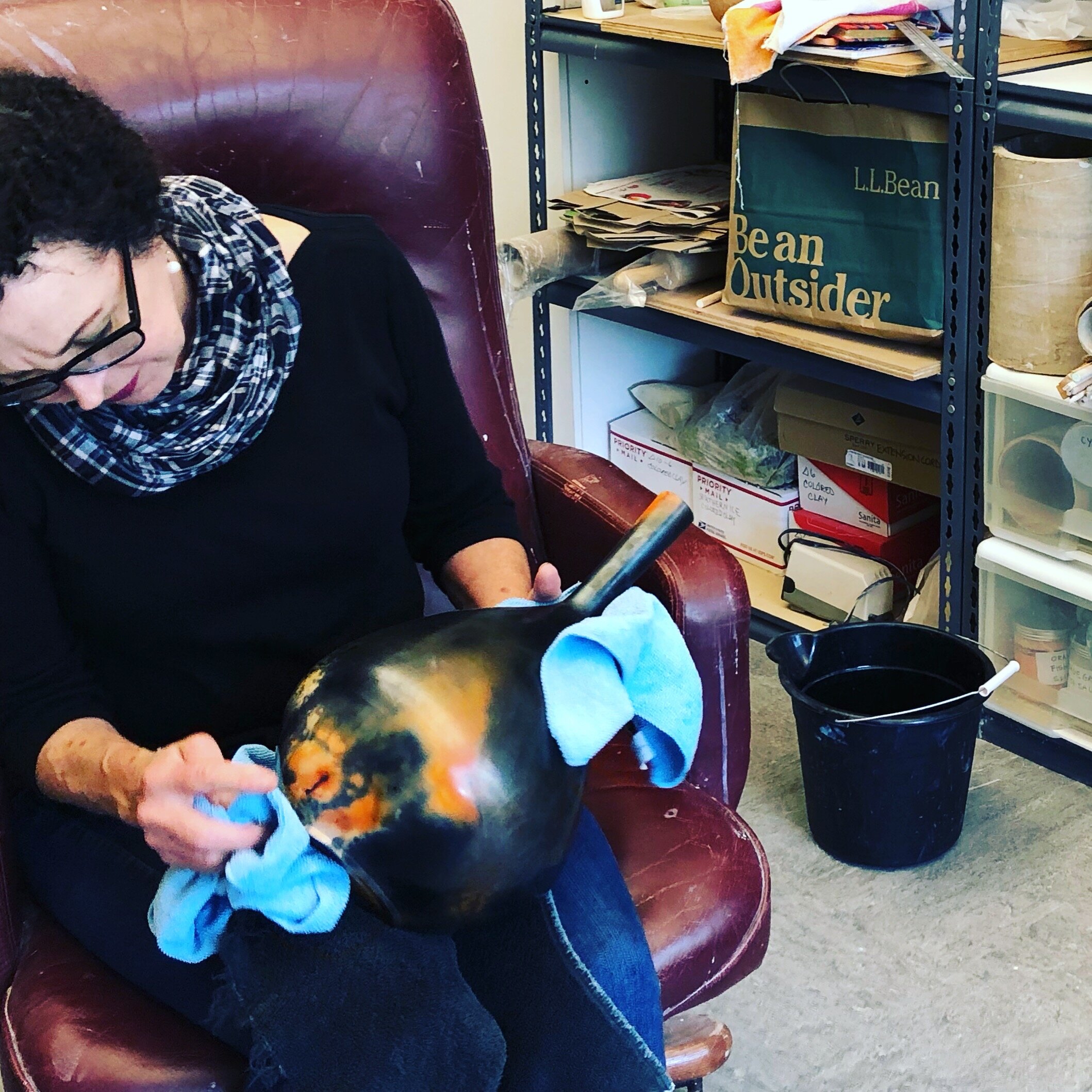
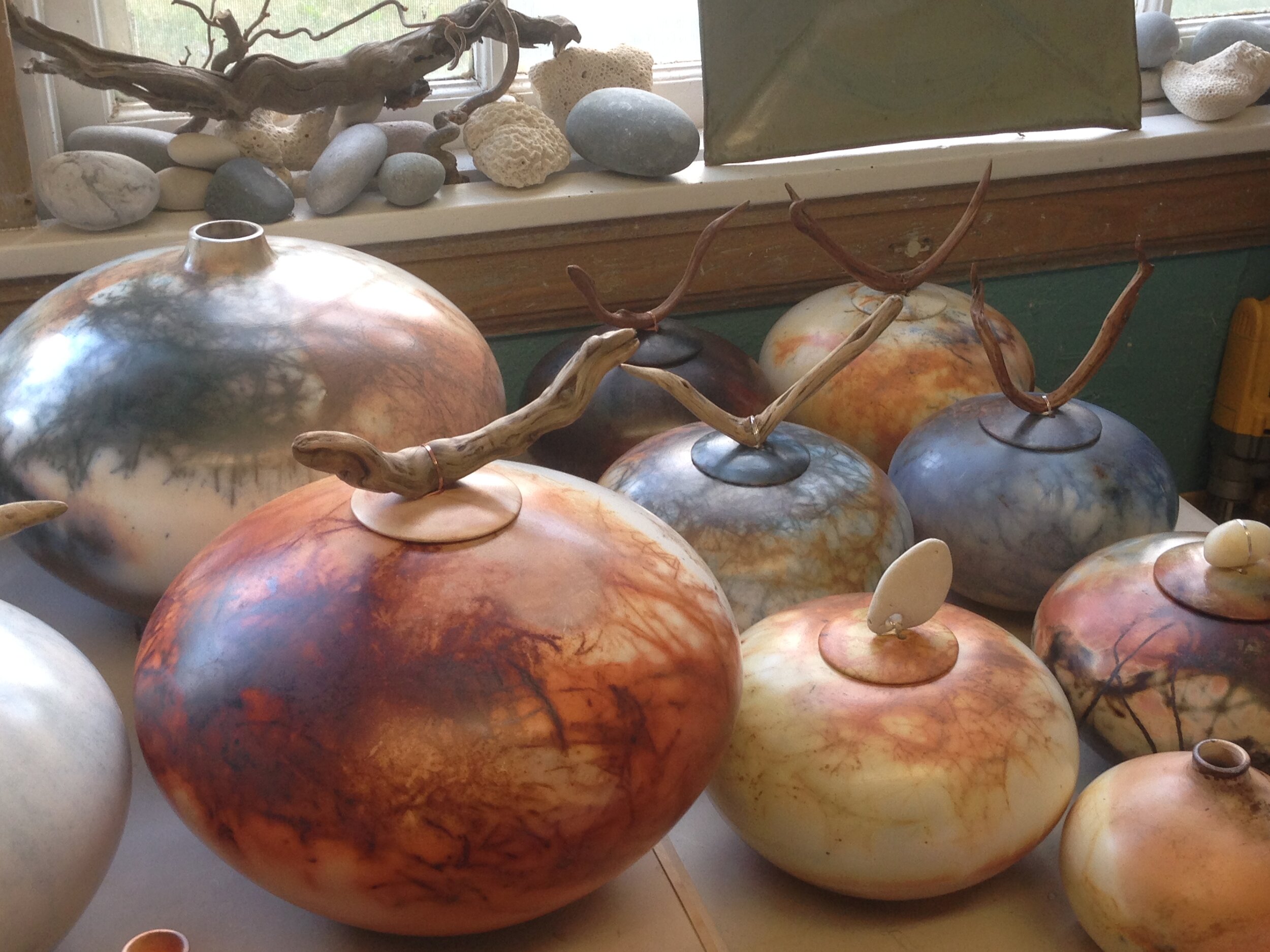
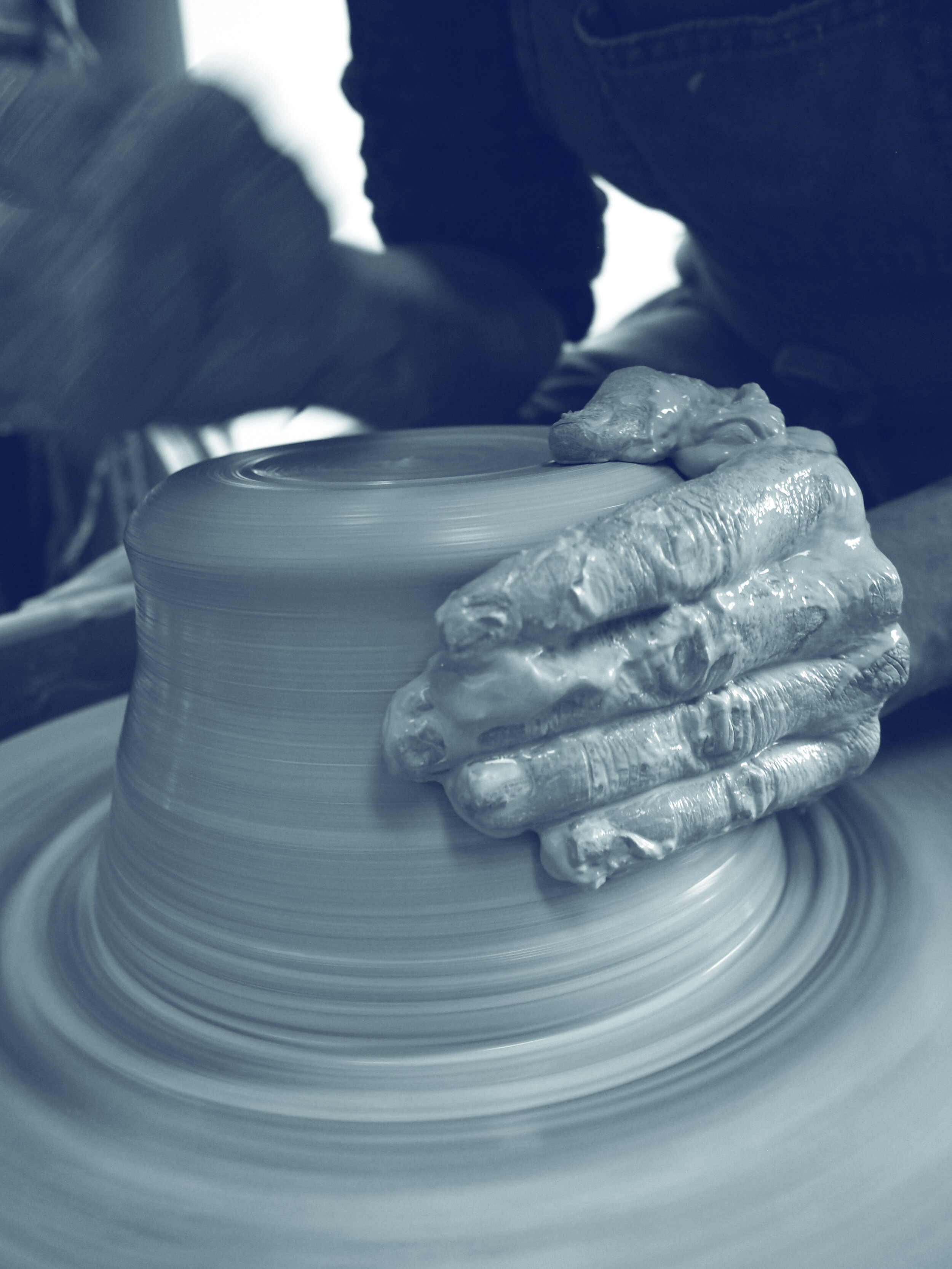
The shapes I have in mind are best realized on the potter’s wheel.
Forming
Over the course of my career I have worked with many different ways of making my work. I started with hand building.
Coming from an illustration background, I was more interested in surfaces as a canvas for my drawing and painting. So I started with boxes and flat sided pieces. During this period, I worked with layering underglazes on porcelain.
In this earlier chapter of my life as an artist, I started to combine throwing with handbuilding, and used decoration in a more abstract way, using the character of the glaze and the process of firing to enhance the decoration. I additionally worked with raku and fuming to create more abstract, process-driven decoration.
Over the last two decades I have concentrated my energy on refining my throwing technique. The shapes I have had in mind are best realized with the potters’ wheel. I work in a range of sizes and shapes, with both functional and decorative pieces. I throw some of the more challenging shapes with a heat gun. This tool enables me to dry certain sections of the piece in order to support a more extreme shape. I also section throw some of the larger pieces I produce.

Waves of smoke produce patterns on the clay.
Saggar Fire
Saggar firing is made up of a combination of the techniques of pit firing and firing in saggars.
The decorating and the firing are done in containers of clay called saggars. They can be any size and shape, as long as they fit into the kiln. Saggars were originally used to protect pottery from impurities like ash landing on them during a firing. Now they are used to create their own atmospheres inside the saggar. They are usually stacked one on top of another inside a gas kiln. To prepare, pots are covered with a coating of terra sigillatta, a slip made from letting clay slip settle, and siphoning off the finest particles of clay that are left in suspension on top. This slip gives a satin surface to the clay and forms the base for the smoke decoration. After the pots are bisqued, they are placed in saggars with various combustible materials packed around them. These can be anything from salt and metallic oxides to copper wire, sawdust, hay, seaweed, or wood shavings. Each saggar forms its own atmosphere inside as the kiln is fired. The waves of smoke produce patterns on the clay, each one unique.
Earthworks
This immersive view into Suzanne’s studio chronicles various steps of her process as well as highlights some visual references that impact her work and experience.
SHORT DOC concept and film BY PATRICK OFFENHEISER 

